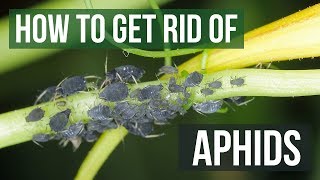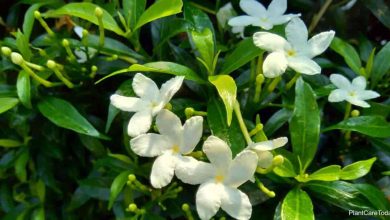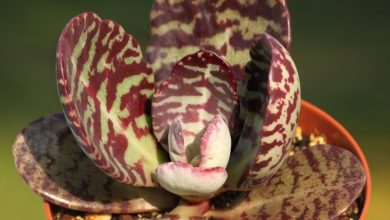The Dieffenbachia: [Characteristics, Planting, Care, Irrigation and Substrate]
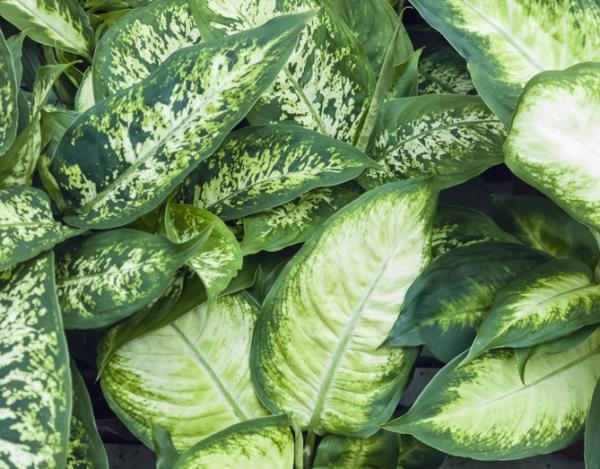
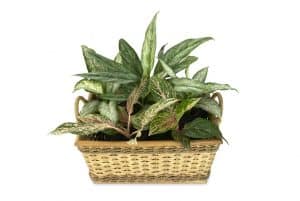 Dieffenbachia are definitely very popular houseplants. Its incredible turned leaves are a real visual treat.
Dieffenbachia are definitely very popular houseplants. Its incredible turned leaves are a real visual treat.
All Dieffenbachia varieties have their own pattern on their leaves. Ideal for beginners, they come from tropical forests, where they shelter under the shelter of large trees.
Characteristics of dieffenbachia
The shade that saw them grow in a wild environment has given them great strength and that is why they can live in houses, since they are experts in tolerating environments with low natural light.
Outdoors, some varieties are capable of reaching up to 10 meters in height, but most do not exceed 2 meters in elevation.
In a pot, they also live perfectly happily due to their thin trunk, low maintenance requirements and slow development.
An excellent choice: dieffenbachia camila
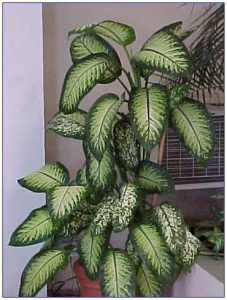 The Dieffenbachia camila variety is simply sensational for your home.
The Dieffenbachia camila variety is simply sensational for your home.
Its leaves are especially striking, because they are white in most of their structure and turned with a harmonic intense green edge that is very difficult to forget. When they are born, they have another peculiarity: they are coiled and then they become large, with a pointed apex and an oblong shape. A very marked central nerve also draws everyone’s attention.
Its stems are fleshy and strong.
The Dieffenbachia camila is grown in a pot with great adaptive capacity, since it is an ornamental plant. It does not reach very large heights (1 ½ meters), so take advantage of all its benefits and embellish privileged places in the home, such as your table, or integrate it into composite flower arrangements.
They very rarely shed debris when grown indoors. But it can happen.
The following vital aspects must be taken care of at home, so that we can enjoy the spectacle of its sculpted leaves.
Temperature: Where to plant dieffenbachia?
 Nobody can doubt that this plant is resistant, but it does not tolerate cold temperatures below 5°C and it will begin to lose leaves, so it is best to keep it at temperatures that do not drop below 15°C.
Nobody can doubt that this plant is resistant, but it does not tolerate cold temperatures below 5°C and it will begin to lose leaves, so it is best to keep it at temperatures that do not drop below 15°C.
Extreme heat is also not good. So take action in this regard and provide a stable, cool, pleasant temperature.
Light: What needs do you have?
Although she adapts to dimly lit internal environments, it is better that you locate her in an area of the house where good solar rays indirectly affect.
A lighted window will be enough to help us in the laudable task of taking care of its precious foliage.
Substrate and Fertilizer: How do we prepare the land?
Acidic pH substrates, with values between 3 and 4, are perfect for preventing deficiencies in vitamins and minerals such as iron, for practically any of the Dieffenbachia varieties.
For this reason, it is recommended that the plant be fertilized with special products for acid-loving plants, especially at the time of its growth, focused between spring and early autumn.
Another fundamental characteristic of the substrate is that it be porous and with a mixture of peat with forest land, for the Dieffenbachia camila variety.
And when they are planted, experts recommend adding organic compost to the soil. Worm humus gives very good results, because it guarantees healthy growth and good adaptability.
How to plant dieffenbachia step by step
- Choose a pot that is at least 200mm wide. Outdoors , place the pot in a wind-protected spot (no shade) or indoors in a bright room, away from direct sunlight.
- Fill your chosen pots with good organic compost such as compost.
- Plant in the pot and water enough, without flooding.
- Keep the potting mix constantly moist. Check moisture levels by sticking your finger a few inches into the soil.
- You may need to replant the dieffenbachia if the tops become too heavy.
Irrigation: How and how often do we water?
 Humidity in these plants plays an important role. These conditions must be reproduced with discreet sprays on its leaves, especially when the summer days become torture for anyone.
Humidity in these plants plays an important role. These conditions must be reproduced with discreet sprays on its leaves, especially when the summer days become torture for anyone.
The leaves can be cleaned and kept hydrated at the same time, with the application of damp cloths.
The irrigation water should be slightly acidic.
Pests and diseases of dieffenbachia
Darkening of the lower leaves of dumbcane dieffenbachia is normal; cut them back to keep the dieffenbachia healthy.
If the other leaves appear whitened, with a cobweb-like substance on the underside, check and treat the plant for spider mites with an insecticidal spray soap or neem oil.
Don’t use chemicals for this problem on growing dieffenbachia dumbcane, as it often makes the problem worse.
If you notice drops of water on the dumbcane plant, you may be wondering, » Why is my dieffenbachia plant leaking water?» This is the byproduct of the transpiration process, which is active in most plants.
Is deifeenbachia a poisonous plant?
 This is a recurring question we get asked about this plant. Yes, deifeenbachia is a poisonous plant.
This is a recurring question we get asked about this plant. Yes, deifeenbachia is a poisonous plant.
Yes, the stem is poisonous and toxic, causing throat swelling and skin irritation, and more.
How big can our deifeenbachia get?
The answer to this answer will depend on the variety of deifeenbachia that we have.
Dieffenbachia has given us a long list of beautiful foliage plants available with dozens of species, variants and hybrids. The list grows as more varieties appear each year.
Larger varieties like Dieffenbachia amoena « Tropical Snow » grow 130 to 150 centimeters tall and can easily be 120 centimeters wide.
This requires that the plant be planted in larger pots so that the plant does not become too top heavy. Large varieties are perfect for indoor spaces with lots of space.
The smaller varieties of Dieffenbachia such as «Compacta», as the name implies, grow to only 60-80 centimeters when mature.
The only difference is that the smaller varieties have a tendency to be very bushy plants. They also have a much more natural mottling of white or yellow colors present on the leaves.
In general terms, the Dieffenbachia are very noble and undemanding, but a bad location of the plant and a lack or excess of watering can cause irreparable damage, such as the fall of the lower leaves, oily spots caused by low temperatures, or that they burn If the latter happens, it is that it has had direct sun.
Take good care of it and it won’t give you headaches.

